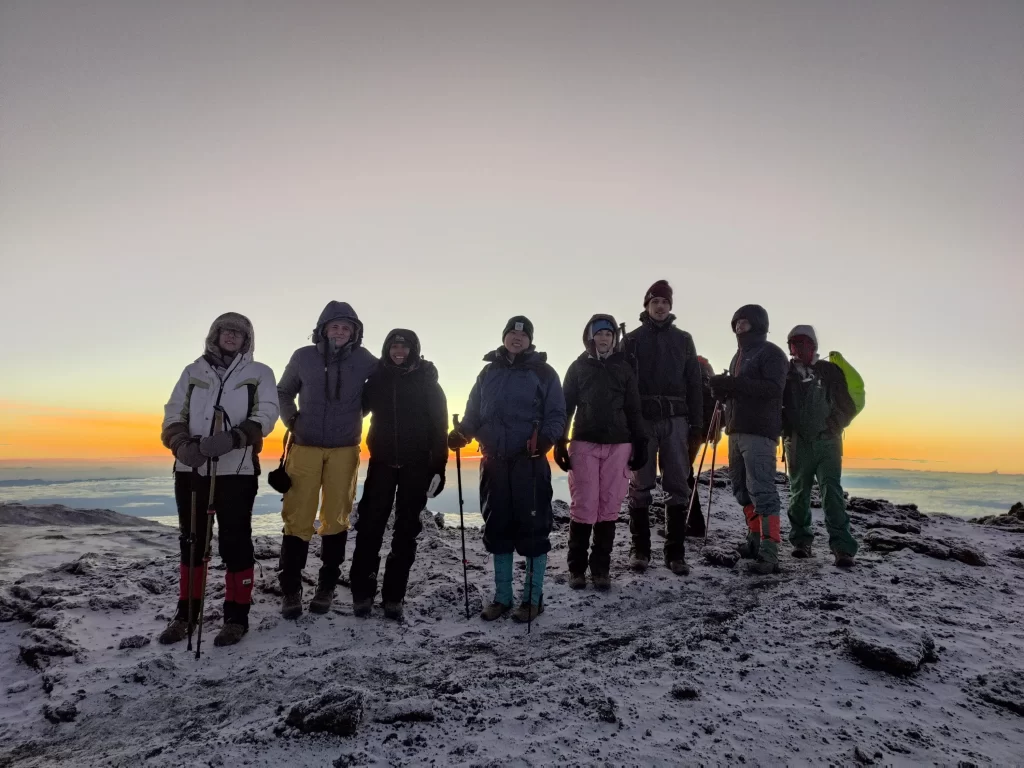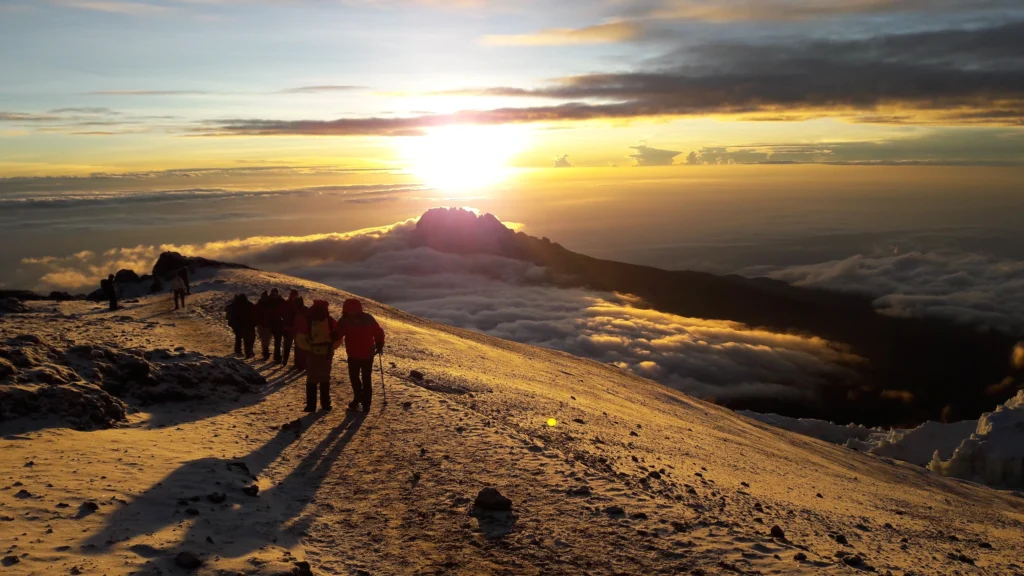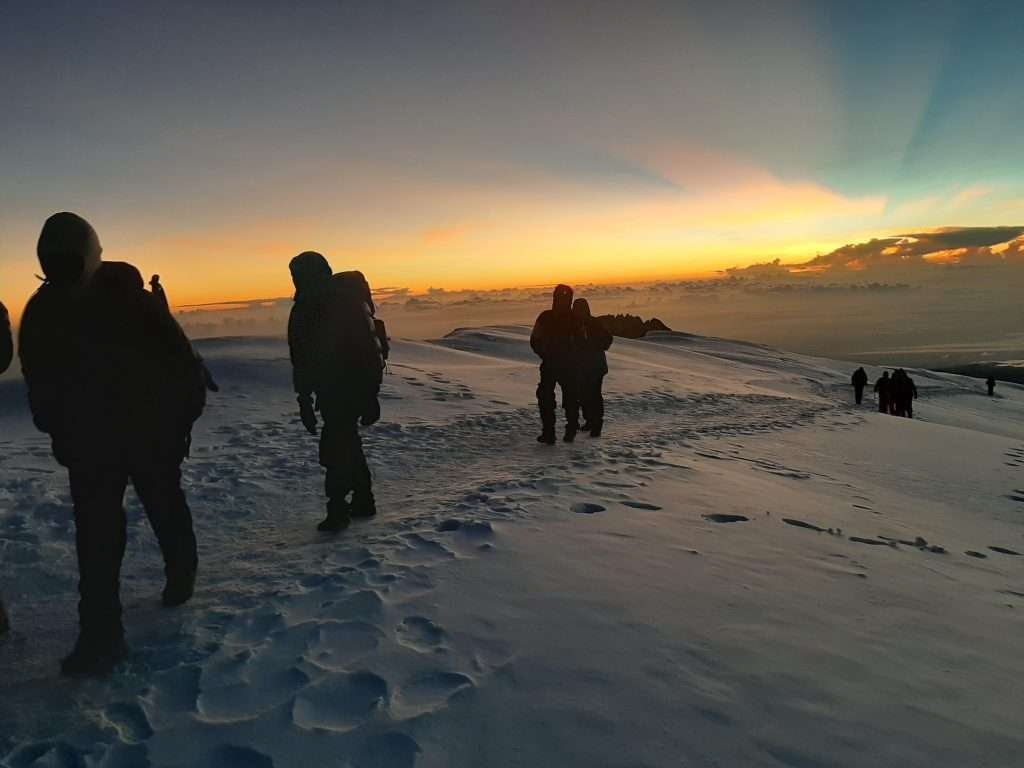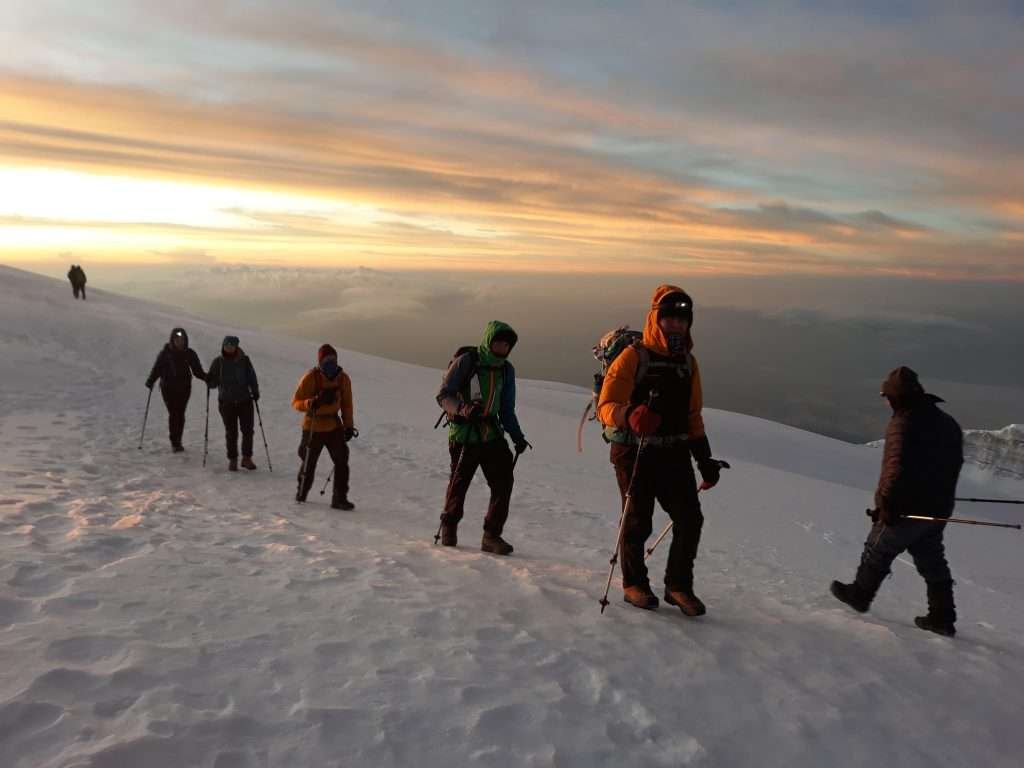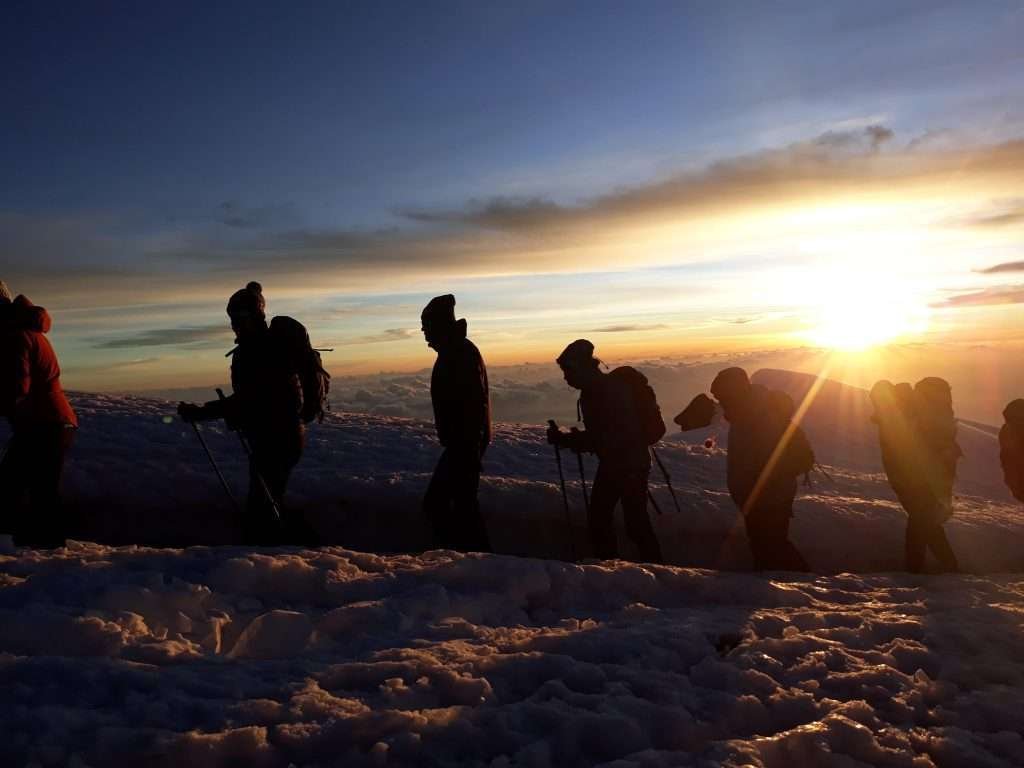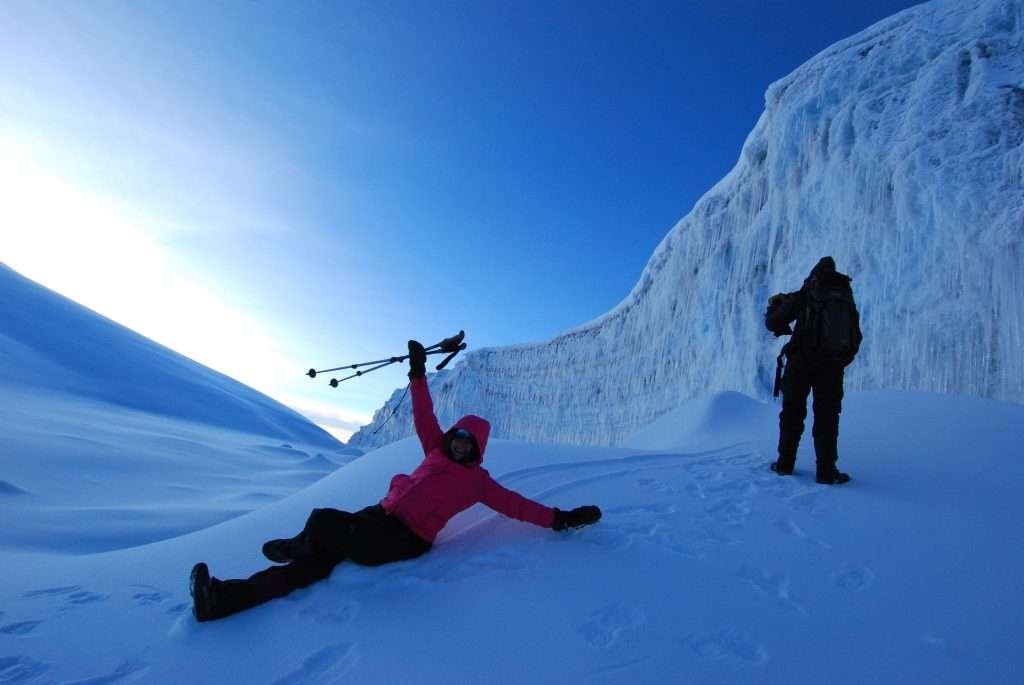Mount Kilimanjaro, located in Tanzania, is Africa’s highest peak and the tallest freestanding mountain in the world. It stands at approximately 5,895 meters (19,341 feet) above sea level and is a dormant volcanic mountain with three volcanic cones: Kibo, Mawenzi, and Shira. Kilimanjaro is a major attraction for climbers and adventurers from around the globe due to its challenging yet accessible routes and breathtaking views.
Climbing Routes
Kilimanjaro offers several climbing routes, each varying in difficulty and scenery. The most popular routes include Marangu, Machame, Lemosho, Rongai, and the Northern Circuit. Climbers can choose routes based on their preferences for scenery, acclimatization, and overall experience.
Vegetation Zones
The mountain features distinct vegetation zones as climbers ascend from the base to the summit. These zones include lush rainforest, heath and moorland, alpine desert, and finally, the arctic summit zone. Each zone offers unique flora and fauna adapted to the mountain’s altitude and climate.
Wildlife and Conservation
Mount Kilimanjaro is surrounded by Kilimanjaro National Park, which supports a variety of wildlife, including elephants, leopards, and buffalo. The park is also known for its rich birdlife, with over 250 bird species recorded. Efforts are ongoing to preserve the park’s biodiversity and delicate ecosystems.
Cultural Significance
Kilimanjaro holds cultural significance for the Chagga people, who live on the mountain’s southern slopes. They consider the mountain sacred and have developed sustainable agricultural practices in its vicinity. Cultural tours offer visitors insights into the Chagga culture and traditions.
Best Time to Climb
The best time to climb Kilimanjaro is during the dry seasons: January to March and June to October. These periods typically offer clearer skies and better visibility, although summit temperatures are still very cold. Climbing during the rainy seasons (April to May and November to December) is less favorable due to muddy trails and higher precipitation.
Accessibility
Kilimanjaro is accessible via Kilimanjaro International Airport, located near the town of Moshi. Many climbers begin their journey from here or from Arusha, another nearby city. Various tour operators and guides offer support for climbers, providing equipment, permits, and experienced guides to navigate the mountain safely.
Mount Kilimanjaro’s allure lies not only in its impressive height but also in its diverse ecosystems, challenging climbs, and cultural significance, making it a bucket-list destination for adventurers and nature enthusiasts alike.

